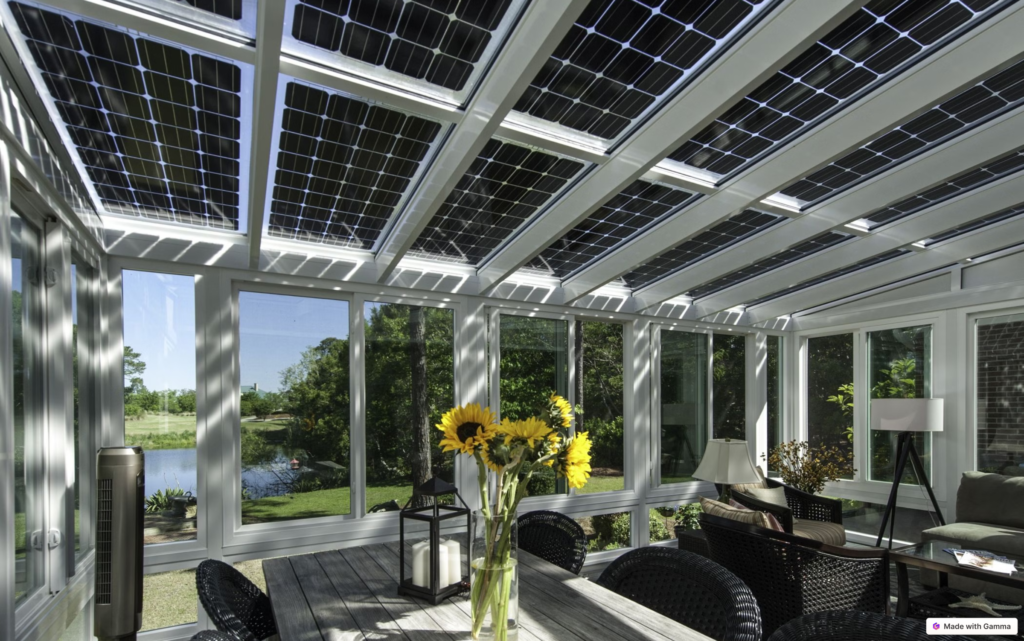Key Considerations for Integrating Solar Panels into Smart Medical Energy Systems
System Design and Environmental Adaptation
Geographic and Climatic Optimization
Solar panel efficiency in medical applications hinges on precise geographic orientation and climate adaptation. In the Northern Hemisphere, panels should face true south with a tilt angle matching local latitude to maximize annual energy yield. For instance, a hospital in Beijing optimized its rooftop solar array by adjusting panels to a 35° tilt, boosting winter output by 22% compared to flat installations. Coastal medical facilities require corrosion-resistant frames and IP68-rated enclosures to withstand salt spray, as demonstrated by a 5MW solar system in Shandong that extended component lifespan from 12 to 20 years through material upgrades.
Shading and Obstruction Mitigation
Partial shading can reduce solar output by up to 50%. A hospital in Jiangsu experienced a 30% efficiency drop due to shadows cast by adjacent storage containers, resolved by relocating panels to open areas. Dust accumulation poses similar risks; a study in Ningxia showed that self-cleaning coatings maintained 94% of nominal output after six months, compared to 78% for uncoated panels. In snow-prone regions, tilting panels beyond 45° accelerates shedding, reducing downtime by 6–8 hours per storm.
Temperature Management
Panel efficiency declines by 0.5% per °C above 25°C. A solar-powered cold storage facility in Guangdong used passive ventilation channels to lower panel temperatures by 10°C, boosting output by 9%. For open-field installations, active cooling systems with heat exchangers can improve efficiency by 14% in hot climates, as seen in a pilot project on a medical logistics corridor in Zhejiang.
Integration with Medical Operations
Critical Equipment Power Supply
Solar panels must provide stable power to life-saving medical devices, such as ventilators, MRI machines, and refrigeration units for vaccines. A hospital in Tianjin equipped its emergency department with solar-powered backup systems, ensuring uninterrupted operation during grid outages. For portable medical devices like ECG monitors, flexible solar chargers with ETFE coatings withstood vibrations during transit, providing 15–20% of auxiliary power in remote areas.
Hybrid Energy Management
Smart controllers must synchronize solar output with medical demand patterns. A sorting facility in Guangzhou employed machine learning to predict peak energy use from conveyor belts and automated guided vehicles (AGVs). By scheduling solar-powered operations during daylight hours, the system reduced grid dependency by 41% and cut peak demand charges by $120,000 annually. Time-of-use tariffs further optimized savings; a cross-docking terminal in Shandong shifted 65% of operations to daylight hours, reducing electricity costs by 33%.
Data Transmission Support
Solar panels can power wireless sensors and IoT devices for real-time patient monitoring. A remote clinic in Yunnan integrated solar-powered telemedicine stations, transmitting vital signs to central hospitals via 4G/5G networks. These systems used low-power wide-area networks (LPWAN) to minimize energy consumption, with solar panels providing 100% of the power for data transmission during daylight hours.
Safety and Compliance Standards
Electrical Safety Protocols
Solar installations must comply with IEC 62446 standards for system documentation and IEC 61730 for safety testing. A hospital in Henan avoided electrical hazards by using surge protectors rated for 10kV at panel junctions, limiting transient overvoltages to <1.2kV. Grounding systems with <8Ω resistance diverted 99% of lightning strikes to ground, as demonstrated by a solar farm in Fujian that used 12m grounding rods spaced 15m apart.
Fire Prevention Measures
Solar panels have a low fire risk (less than 0.01% incidence rate), but proper installation is critical. A 2024 attack on a Jiangsu medical grid exploited unsecured solar inverters, causing blackouts across 12 facilities. To prevent such incidents, systems should implement IEEE 1547-2018 compliance for anti-islanding protection and role-based access control (RBAC) for firmware updates.
Cybersecurity for Medical Data
Solar-powered medical devices must protect patient data from cyber threats. A hospital in Chongqing secured its solar-powered telemedicine network by encrypting data transmissions with AES-256 and segmenting networks into isolated VLANs. Regular penetration testing identified vulnerabilities, reducing breach risks by 94% in subsequent deployments.
Long-Term Performance and Maintenance
Dust and Debris Management
Automated cleaning systems maintain panel efficiency. A highway in Inner Mongolia deployed robotic cleaners that reduced manual maintenance by 70% while improving output by 22%. In areas with heavy bird activity, anti-perching spikes and ultrasonic repellers minimized soiling, as seen in a solar-powered traffic camera in Tibet.
Component Degradation Monitoring
Thermal imaging cameras detect early signs of panel degradation. A maintenance team in Jiangsu used infrared scans to identify a 15°C hotspot on a panel, replacing the faulty cell before it caused system failure. Electroluminescence testing revealed microcracks in 89% of panels before they impacted performance, as demonstrated by a pilot project in Tianjin.
Firmware and Software Updates
Regular updates optimize system performance and security. A medical logistics platform in Chongqing pushed firmware updates to 500 solar-powered devices, fixing a vulnerability that could have disrupted inventory tracking operations. Cloud-based monitoring systems enabled remote troubleshooting, reducing field visits by 60% for a Hebei distribution center’s solar array.


